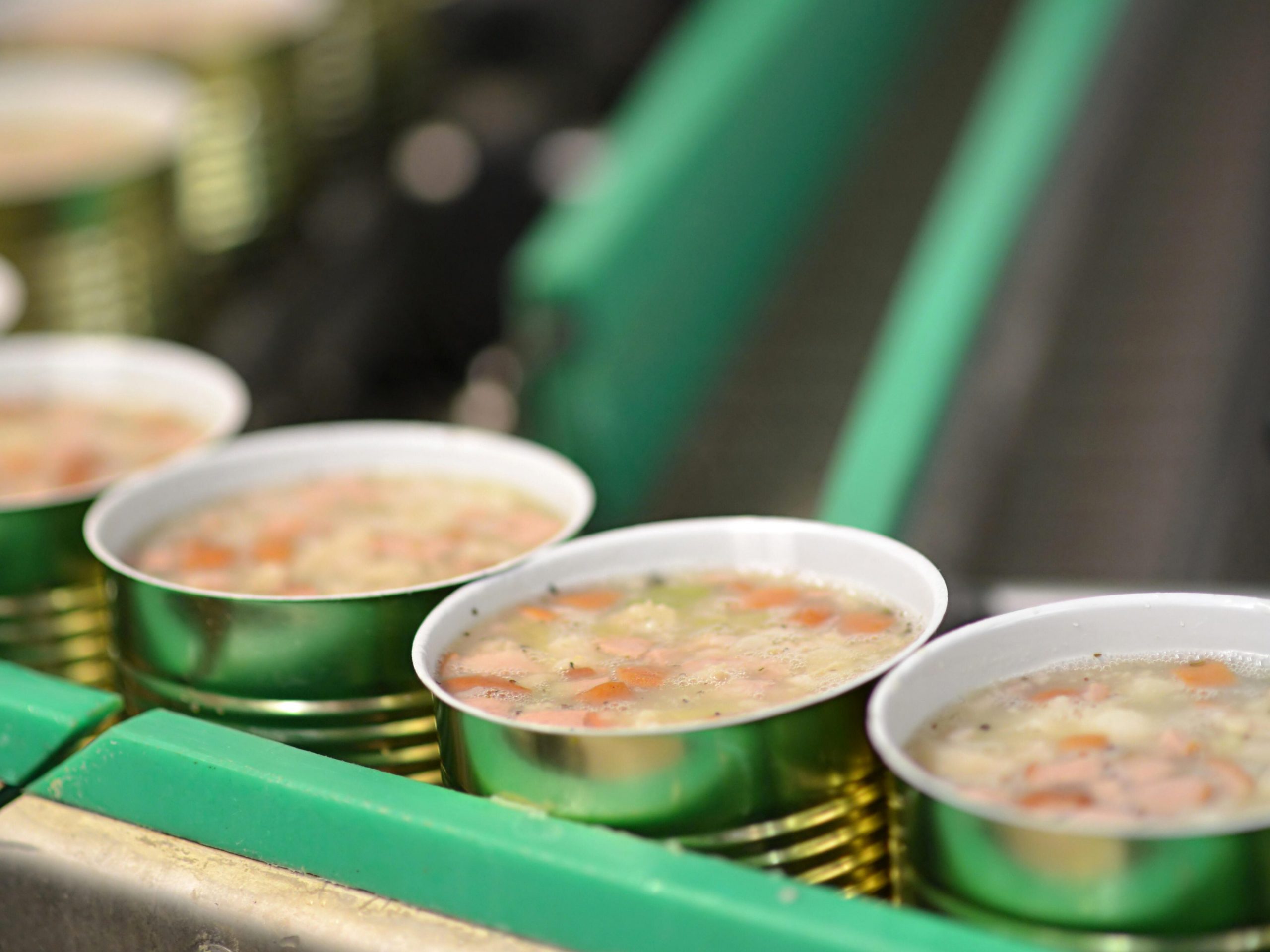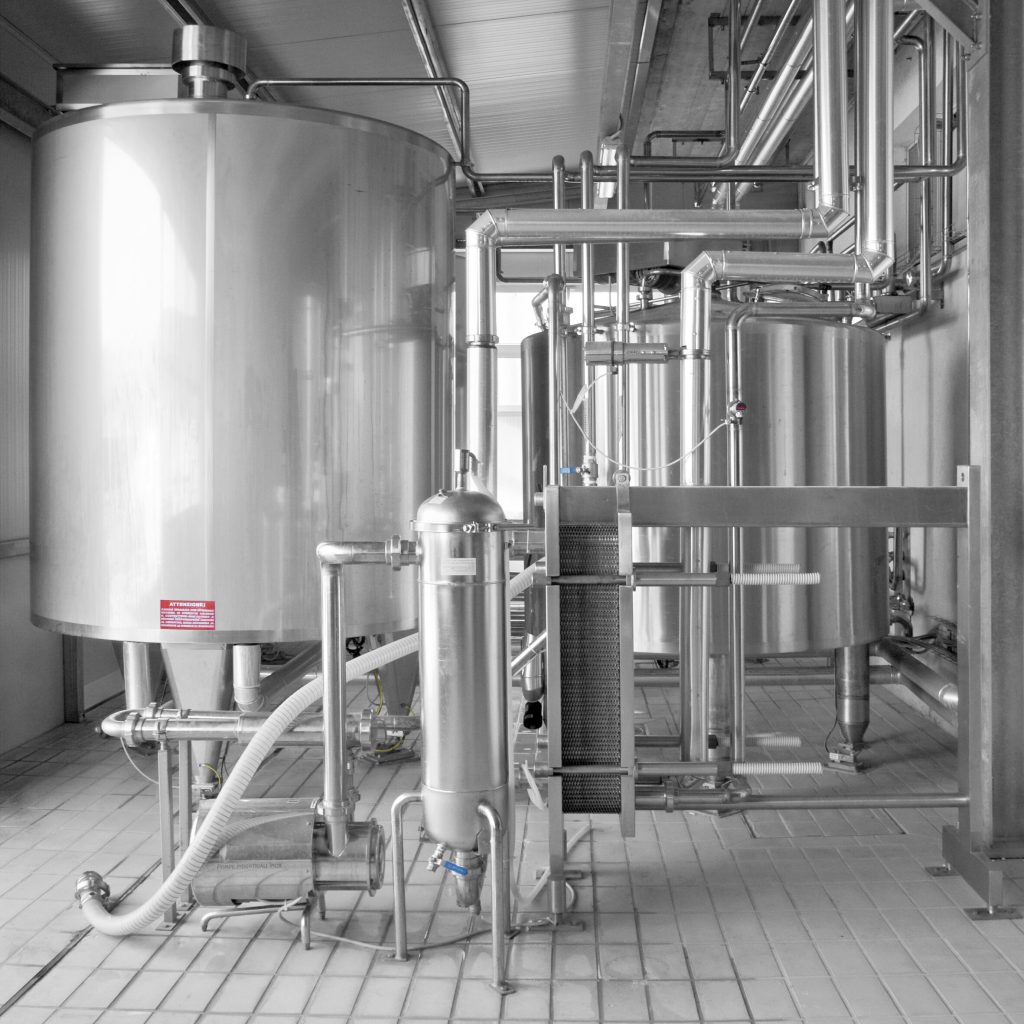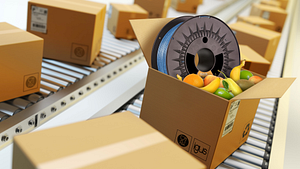Hygienic design – Guidelines for production facilities
igu-blog-adm | 29. September 2021
Hygienic design is a design guideline for food production facilities regarding cleanability of the plant. This involves the design of the equipment, the geometry of the components, the surface quality and also the materials used. The strict requirements for production facilities with food contact are made up of a large number of standards and guidelines including:

- The hygienic design principles of the EHEDG (European Hygienic Engineering & Design Group)
- EC 1935/2004,
- EC 178/2002,
- EC 852/2004,
- EC 2002/72.
They regulate, for example, the minimisation of the risk of microbial contamination and provide a list of materials that may come into contact with foodstuffs.
What does Hygienic Design mean for the food industry?
Clear guidelines are provided by the EHEDG, the European Hygienic Engineering & Design Group. It was founded in 1989 as an international network of food companies, equipment manufacturers, research institutes and health authorities with the aim of promoting certain hygiene standards in the production, processing and packaging of food. In the food industry, the aspect of cleanability of equipment and production facilities plays a major role. The EHEDG understands cleanability as a prerequisite for the disinfection of equipment. In the case of production plants that are difficult to clean, longer cleaning cycles and decontamination processes may result, which cause higher costs. The plants run the risk of being at a standstill longer than necessary and more aggressive chemicals may have to be used. It is precisely these and other negative aspects, such as the proliferation of microorganisms, contamination by foreign bodies or the penetration and infestation of pests, that hygienic design is designed to counteract.
Design and construction according to hygienic design
All surfaces that come into direct or indirect contact with food must be easy to clean. Various geometric and surface criteria play a decisive role in the cleanability of these surfaces. For example, rough surfaces should be avoided as this will increase the cleaning time. Product residues can settle in the irregularities of the surfaces. Seals must be designed in such a way that no product or dirt residues can get caught in gaps. Exposed fastening elements, such as screw threads, hinges, metal-to-metal connections, etc, should also be avoided. All internal angles of 135° or smaller should have a minimum radius of 3mm and sharp corners should be avoided. Another criterion is the automatic draining of the equipment and pipelines, which can be ensured by surfaces with an angle of inclination of at least 3°.
These and many other criteria are the basis for the EHEDG Hygienic Design assessment. The Fraunhofer Institute for Manufacturing Engineering and Automation has designed an illustrative flyer for various design examples, which you can view here.
Does it always have to be stainless steel?
Actually no. The EHEDG guidelines on hygienic design (Guidelines – EHEDG) mention many more construction materials for machines and systems than just stainless steel. Stainless steel is admittedly less susceptible to damage during sanitisation due to its resistance to acid. In the practice of food production however, this by no means excludes other materials for the equipment or components. The EHEDG lists the following specifications that the used material must have when used as intended:

- Inert to the product
- Inert to detergents and disinfectants
- Corrosion-resistant
- Non-toxic
- Non-stick
- Mechanically stable
- […] Their surface finish must not be impaired.
In addition to elastomers, adhesives and sealants, lubricants, signal transmission fluids and thermal insulation materials, the EHEDG also lists plastics as a possible and in some cases better alternative to stainless steel. Plastic components are particularly suitable for applications where low weight, high wear resistance or higher chemical resistance than stainless steel is required. Of course, food-grade plastic is also subject to strict legal requirements, such as the EU Regulation 10/2011 or FDA. The food contact criteria for plastics range from temperature and cleanability to hydrophobicity. Hydrophobicity describes the “water-avoiding” behaviour of surfaces. These surfaces allow the water to roll off. Further information and details can be found in the respective regulations and guidelines.

Beyond hygienic design, the basic requirements of plastics for food contact are of course indispensable. Additive manufacturing (or 3D printing) of plastic components for the food industry is playing an increasingly important role. With 3D printing comes significantly shorter component development times, but it can also improve the cost or delivery situation. For more information on food-grade 3D printing of plastic components, click here: https://blog.igus.de/lebensmittelechte-bauteile-3d-drucken/
Don’t you have your own 3D printer at hand? Then use the igus 3D printing service for food-safe components: https://www.igus.eu/info/3d-printing-food-grade

